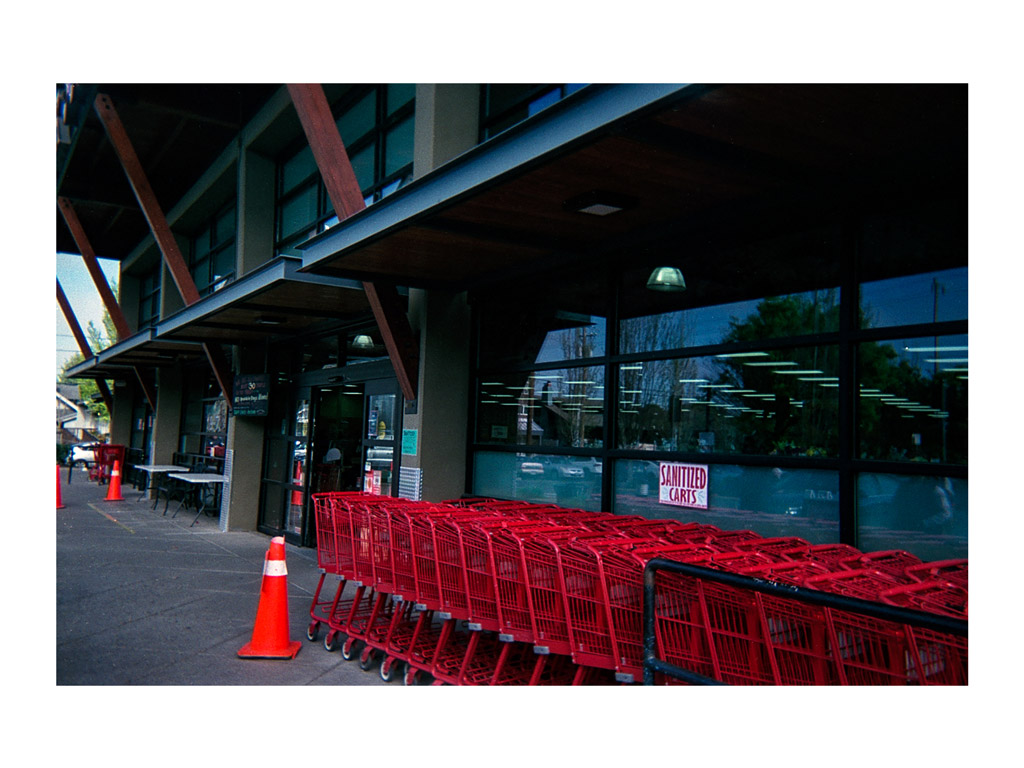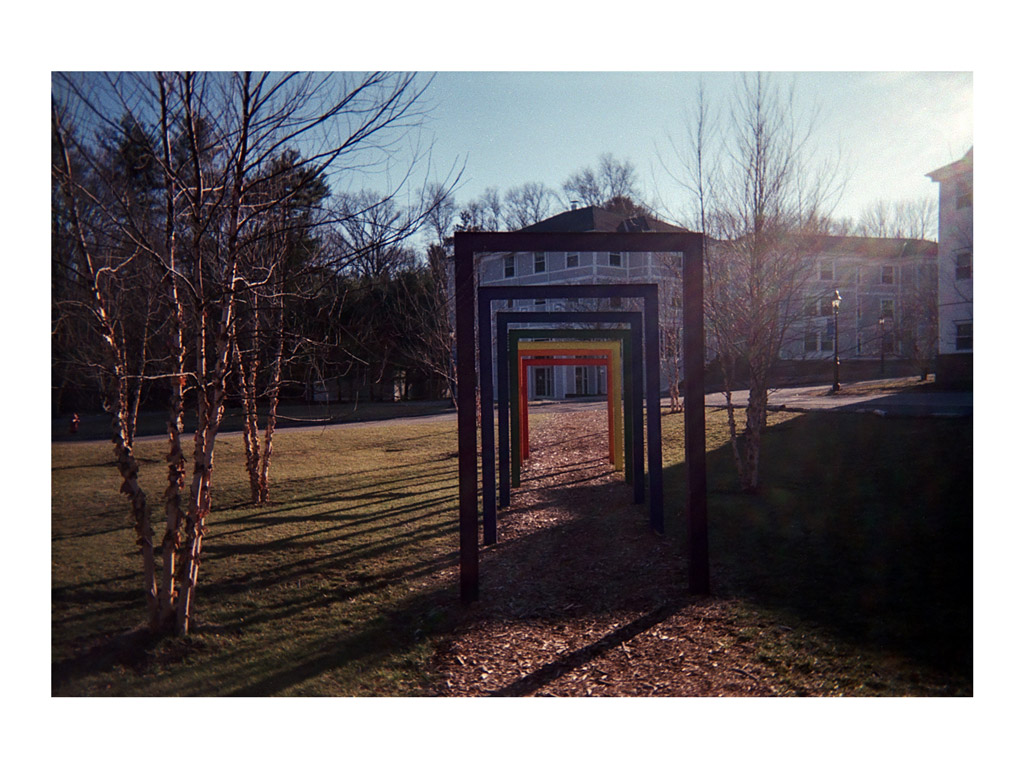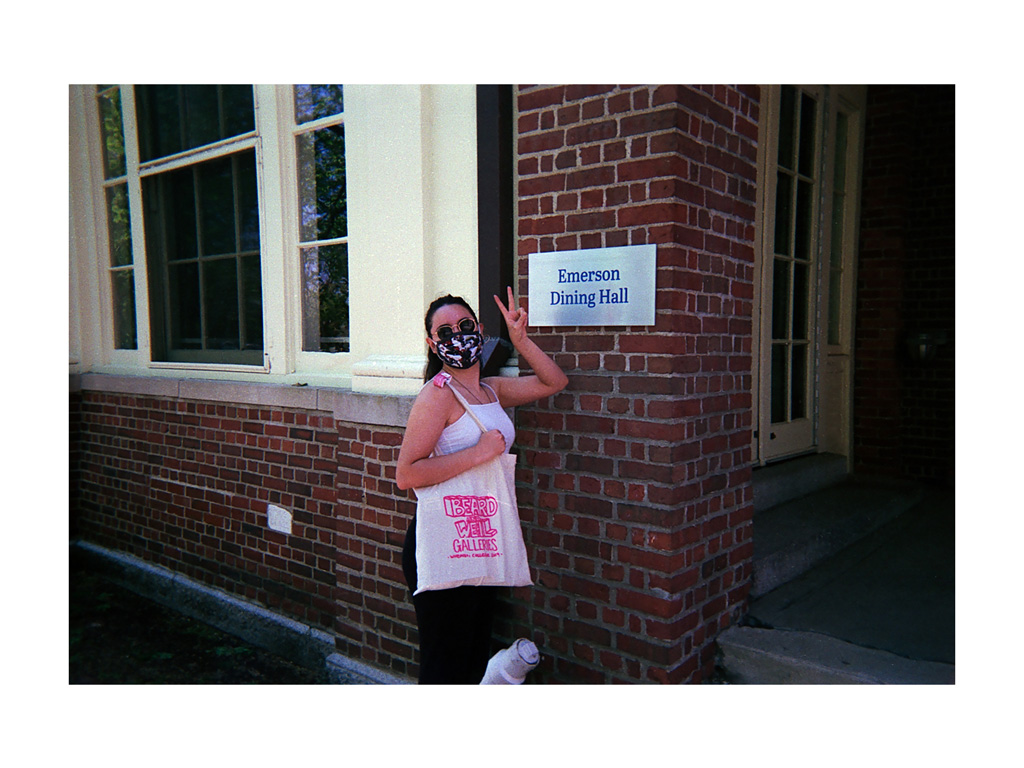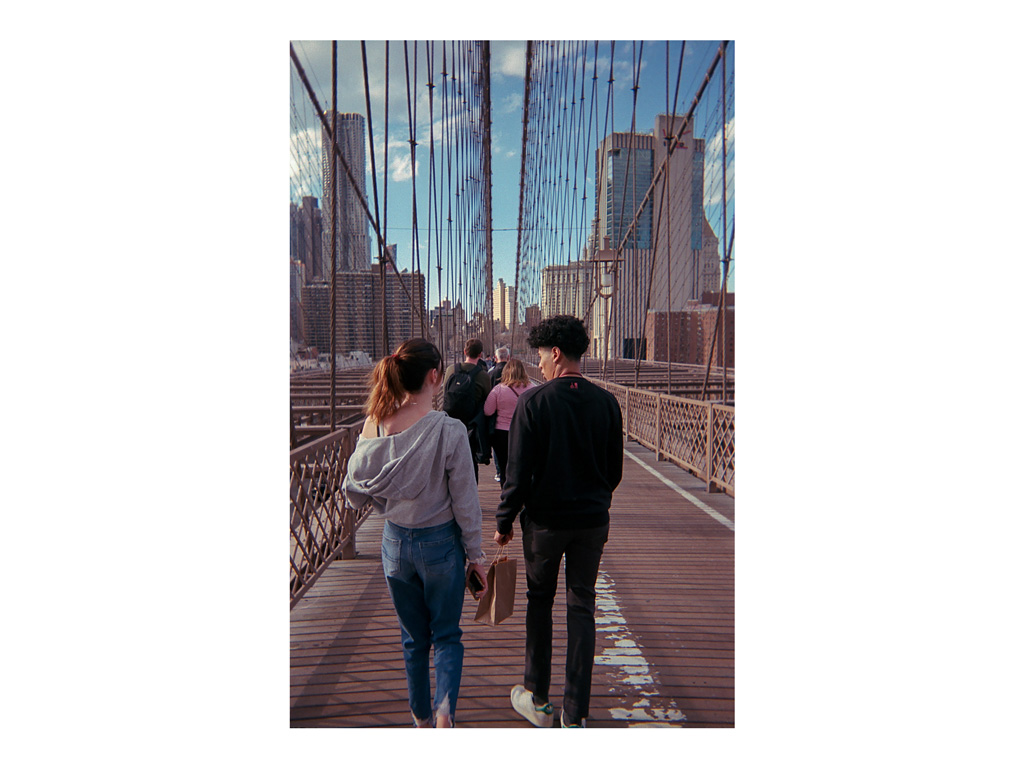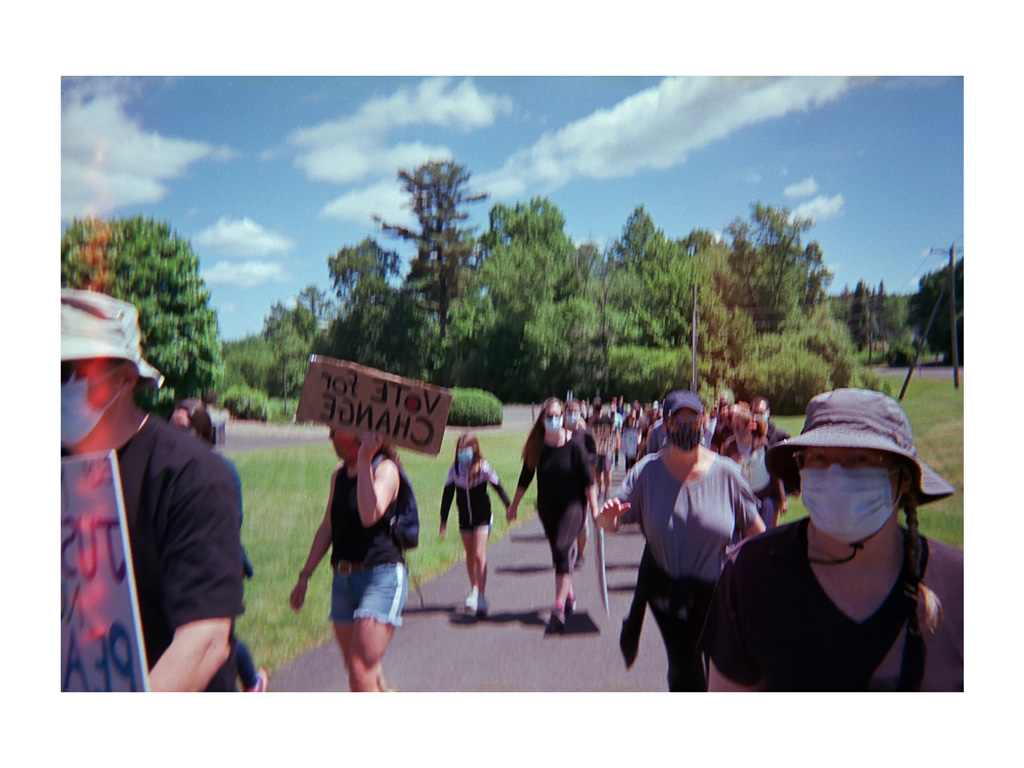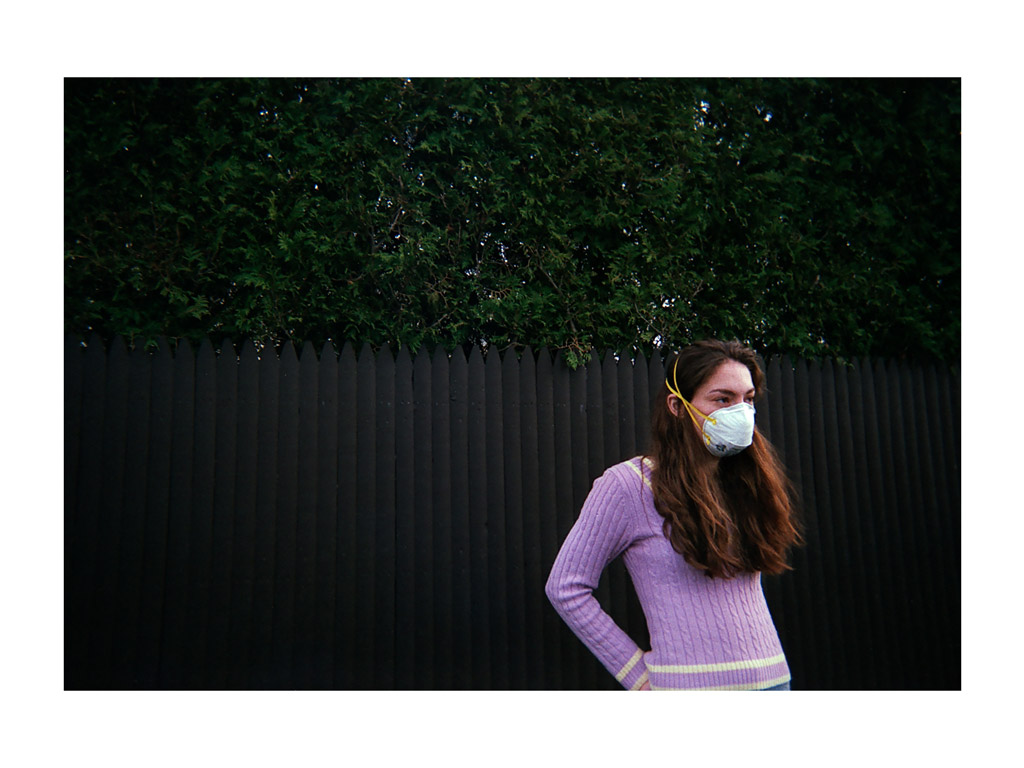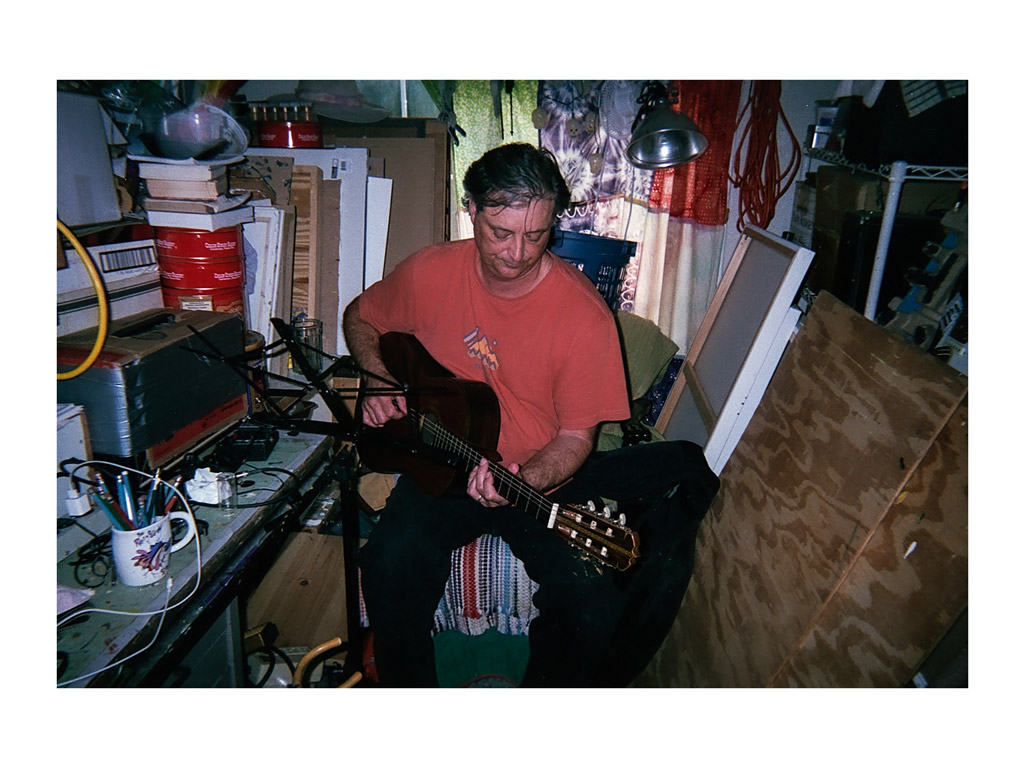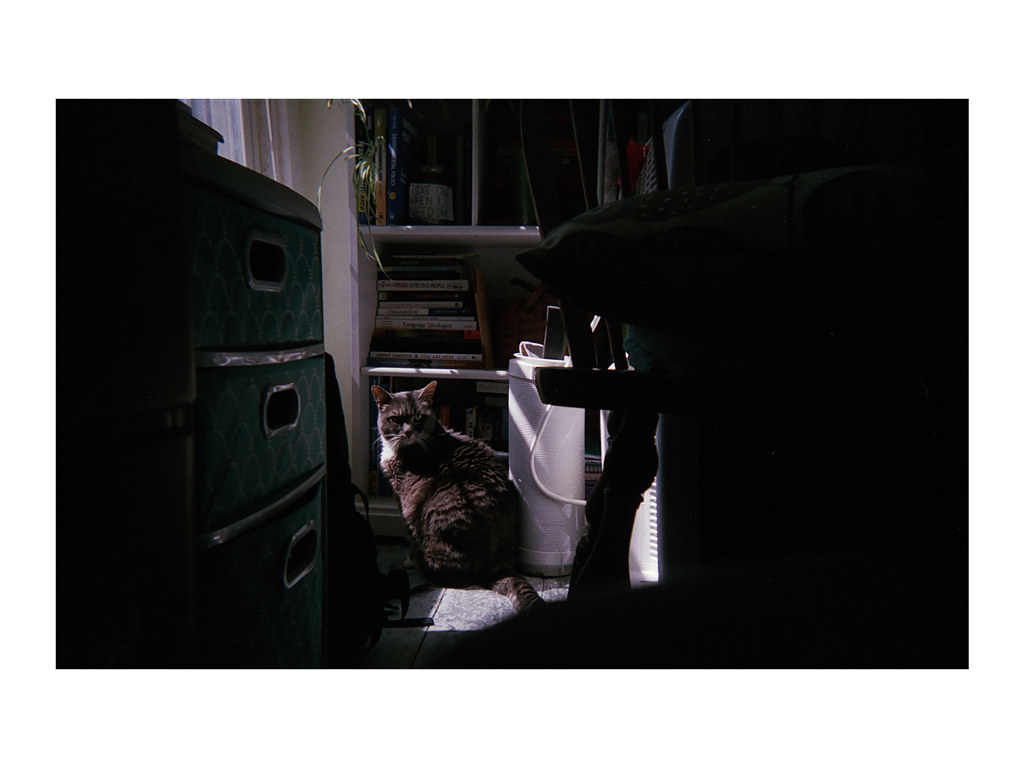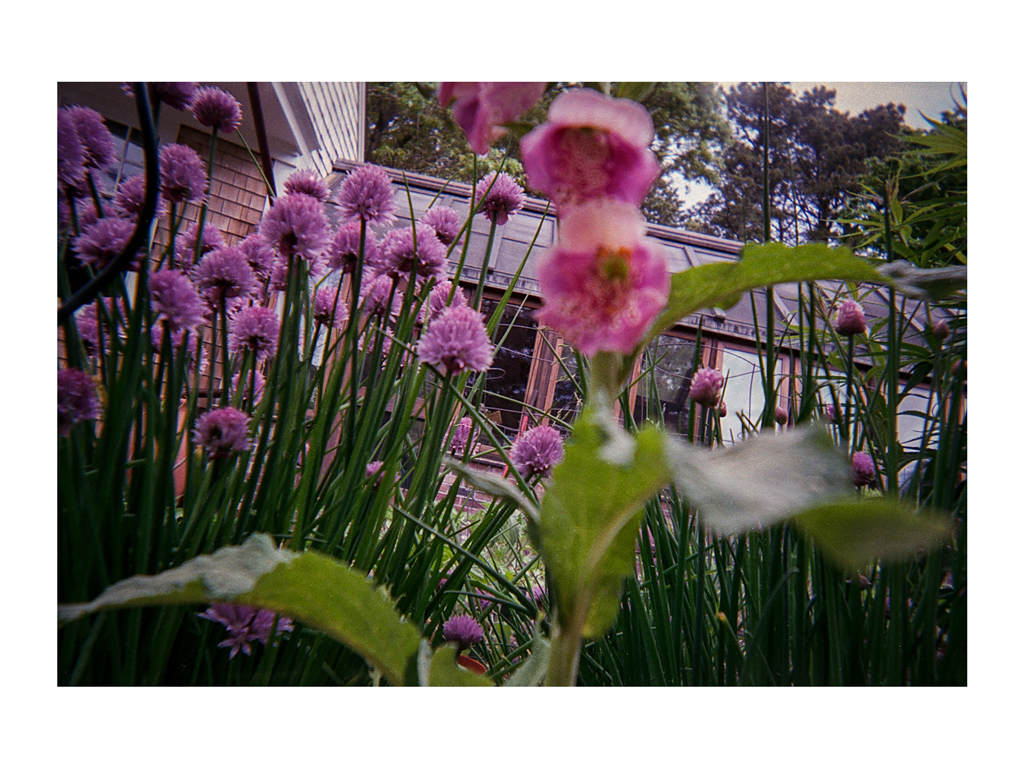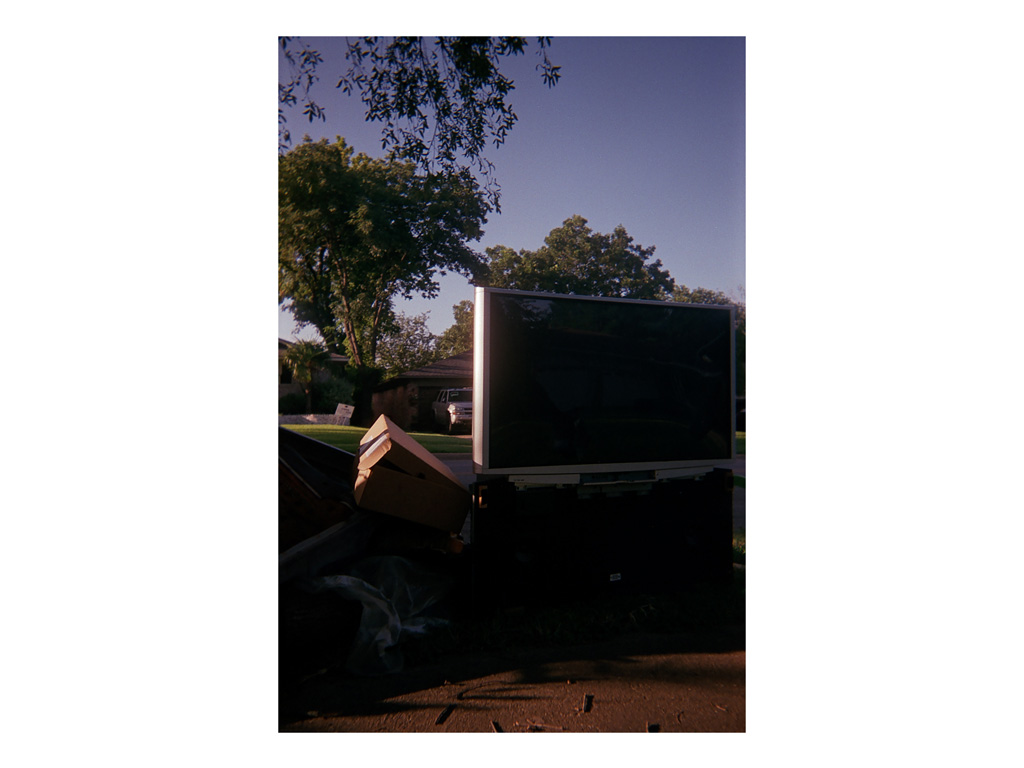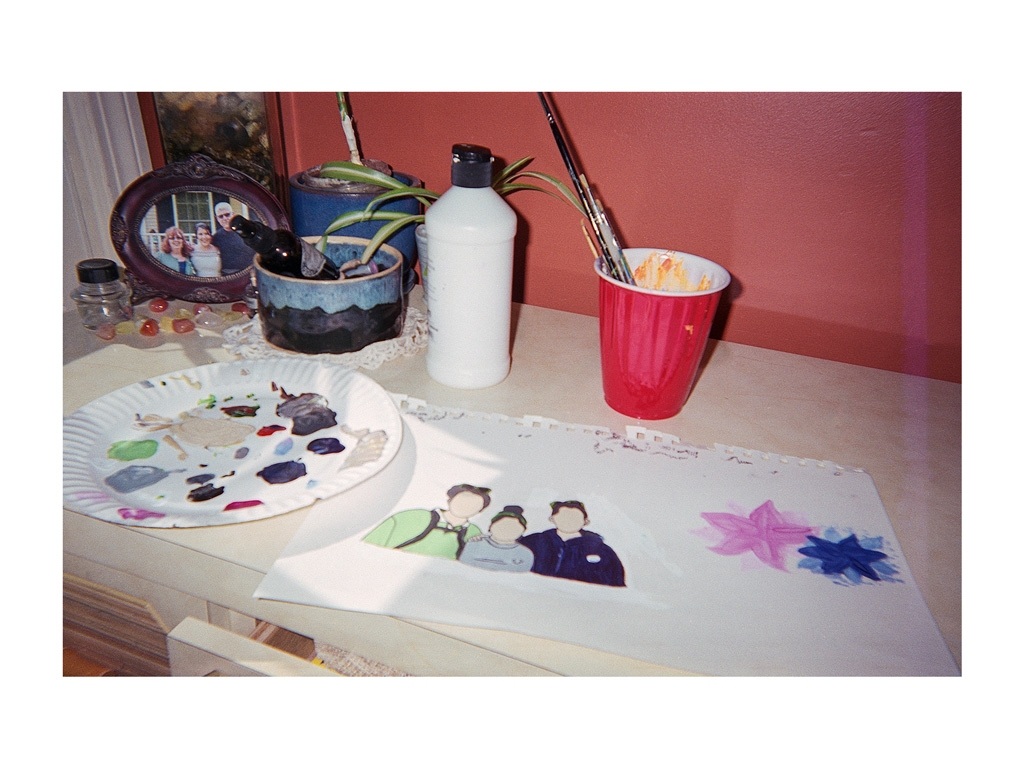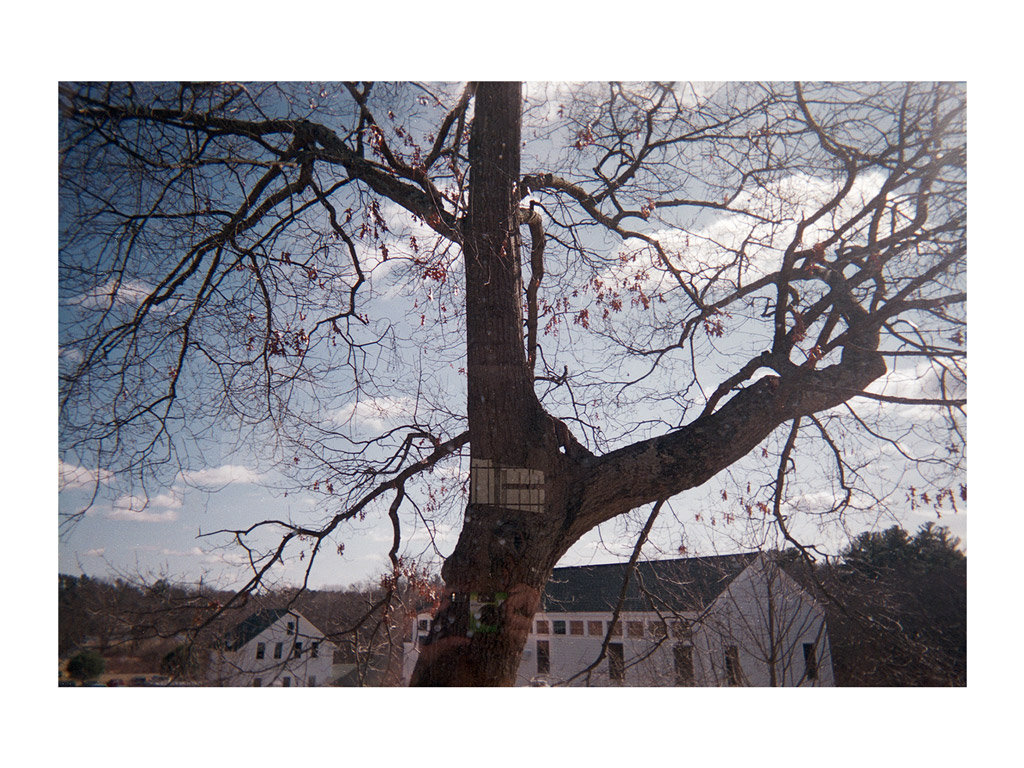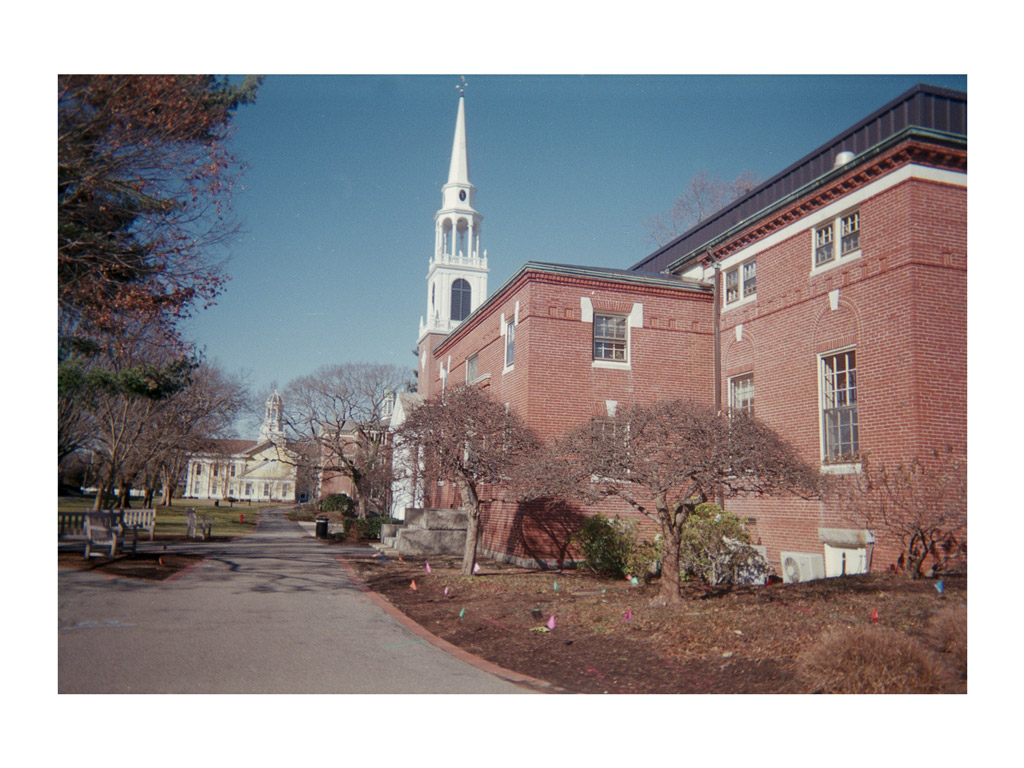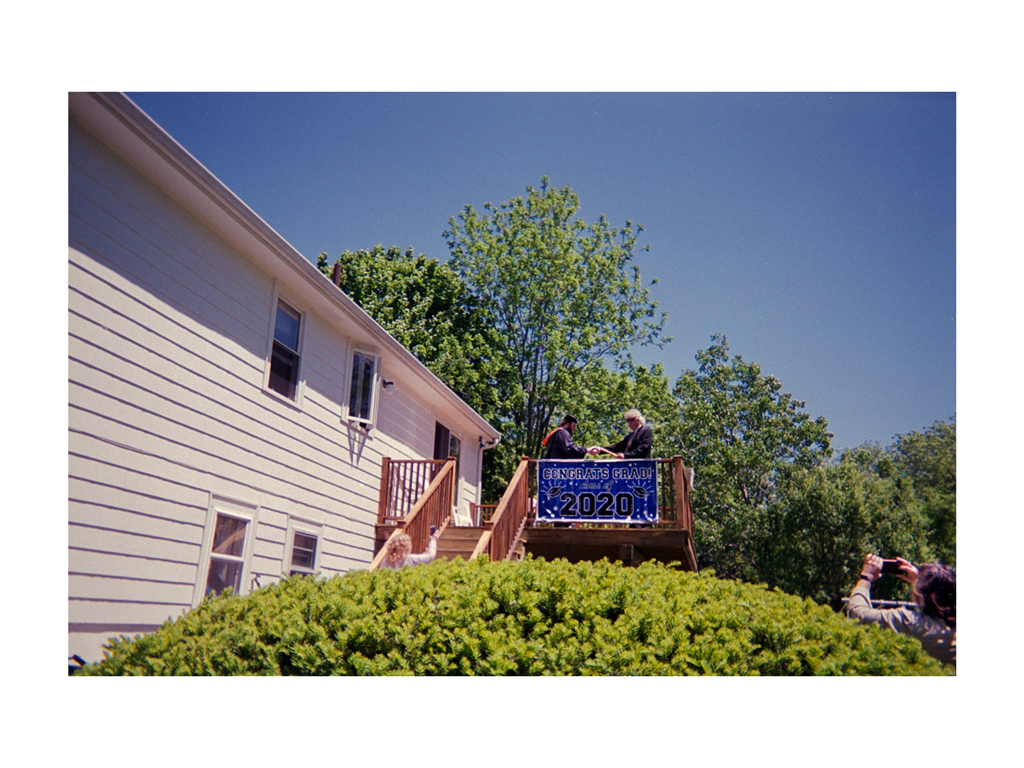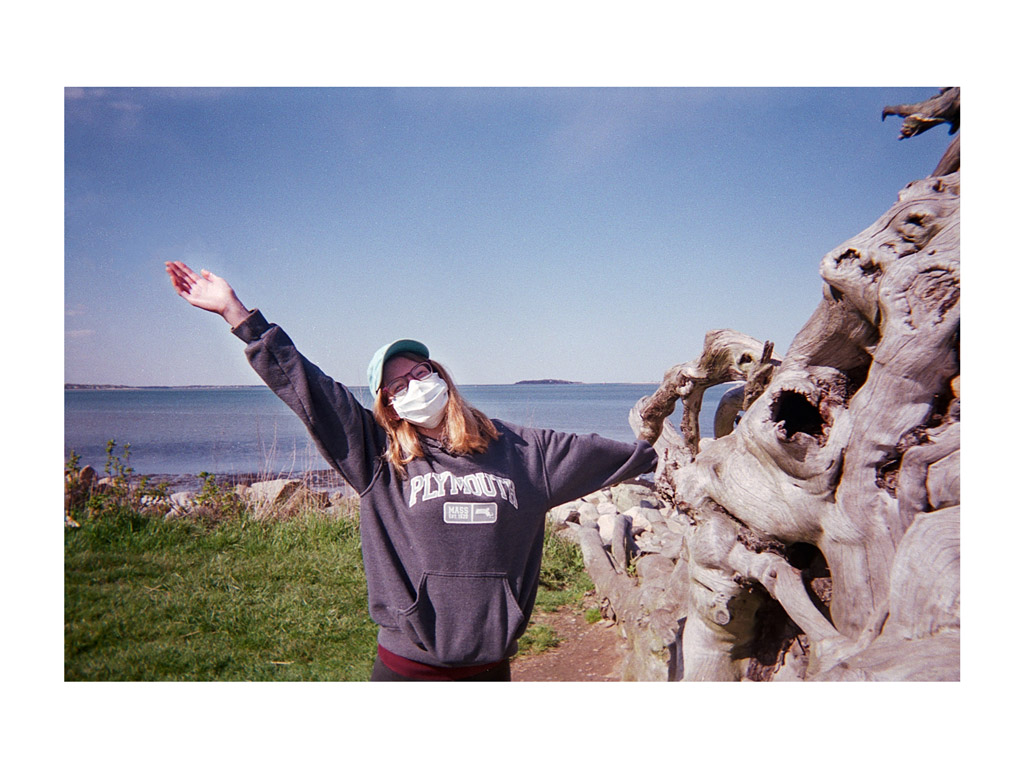Community Art Project Documents Our Time Together and Apart
It was years ago at this point, in October 2019, that Grayson Beaulieu ‘22 came to me (Prof. Kelly Goff) with an ambitious idea to document the Wheaton community inside and out. They wanted to explore the potential of disposable film cameras to allow community members to capture low-stakes snapshots of their lives. Grayson imagined that the images could serve as a kind of collective expression of our time and place and they had a plan to harvest and archive these moments by way of a painstaking endeavor .
The project began by placing disposable cameras all around campus with instructions and an invitation for people to use the cameras and return them to be developed. Grayson imagined using the photographs in an art installation on campus though the project changed dramatically with the arrival of COVID-19, the campus lockdown, and the scattering of our community. While it was tempting to pause the project amid the upheaval, Grayson became doubly-committed to it and saw its potential if expanded, to document the student experience of the pandemic as a collective, together and apart.
We had a conversation recently about the project. We’ve transcribed and edited it for clarity:
KG: What inspired you and what were you hoping to achieve?
GB: I was inspired by the resurgence of disposable cameras on the internet. Gen-Z had kind-of “discovered” disposable cameras. They started posting trends where you would take pictures with your friends and then get them developed at Walgreens. It made me laugh because I had grown up with these cameras. I brought them with me on school trips. I didn’t get a digital camera until I was older. As I became more serious about photography, I’d still bring little disposable cameras with me while shooting with better cameras in order to experiment with different film techniques. I brought them to college with me and I use them to snap pictures of me and my friends.
Developing these photos is always very interesting and surprising to me. The pictures aren’t digital representations of moments- they feel like the actual moments, if that makes sense. It’s almost like flipping through an old photo album of my life. It’s comfortable and nostalgic. It made me wonder if other people carried these cameras, what would their “moments” be?
I wanted to document the student body and see what kind of photos our community would take if I gave them cameras, and that’s where it started. It has since evolved from that original idea due to COVID. What I think we’ve captured is a representation of what our community was doing when the pandemic struck and how we made it through. As I process hundreds of images, I’m wondering about how our lives have changed and what that looks like. What did we experience during pandemic times, and how did people choose to use the cameras? Eventually, I want to have an in-person installation of the work.
KG: How did it all work logistically?
GB: I wrote you (KG) a proposal and then we decided to start with twenty cameras placed around the Wheaton campus. I encouraged students to take them, use them, and then bring them back for other community members to use. When COVID closed down campus, we decided to expand the number of cameras to forty (and then later again for a total of seventy-four) that I mailed to students who had filled out a Google form indicating their interest. From then on, I received cameras back in the mail, which I then took to a developer near my home, because I didn’t have access to a color film lab. Then I started the slow process of scanning every image and editing them lightly to fix color errors from the developing process. Those images have been archived for a physical installation and were also posted daily on the project’s Instagram @quicksnap_2020.
KG: Why was it important to you to use traditional film photography?
GB: There is a specific way that film looks that cannot be replicated. The idea was not just to capture the Wheaton campus, but to reach beyond that. Using the Fuji cameras is easy for most people to use. It’s one button and a flash. Shooting with film makes you think more about the photos you’re taking. You cannot just go through your camera roll and pick the photos you want. You have to be very careful with which photos you take. It’s not instant. You have to go through this whole process with the film and light. With social media today, everything is instant and there is an obsession with the images. In the same way that the pandemic requires patience, so does film. You cannot post it immediately after you take the photos, but film photography forces you to focus on the present.
KG: Are you a storyteller?
GB: I don’t like to think that Iam, but I feel as if this project makes me one. A lot of my work is me exploring my own identity. This work illustrates a specific narrative around pandemic life that we have adapted to. I don’t feel that these are my stories- I am just the one providing tools and a space. I’m just the messenger. The photos tell the stories.
KG: What’s the current state of the project?
GB: I have scanned and edited 700 images and posted 230 to the Quicksnap Instagram page. I am still receiving cameras from students and continue to develop, scan, and edit daily. I am working on a plan for an eventual on-campus installation of prints and with Kate Boylan in the library to archive the images.
I am also in the process of uploading all of the images to a Flickr page, where anyone who contributed to the project can download the images they took. I’m very excited to develop more rolls of film. It’s always exciting and nerve-wracking to see the scans because you never know what you’re going to get.
Every so often, I receive a camera with notes included, sharing their experience with me, telling me how much the project has affected them and benefited them. Some people even told me that it gave them a purpose when they felt they had nothing else during quarantine. It just feels good that this project that started so small would become meaningful to some people. The fact that being responsible for 27 exposures and a little cardboard camera could provide a sense of purpose was surprising to me. I’m not used to being told how much my work has impacted others. It feels great knowing that my work is more than just an art project- it’s bigger than that.
-Grayson Beaulieu ‘22 & Kelly Goff, Associate Professor of Art
